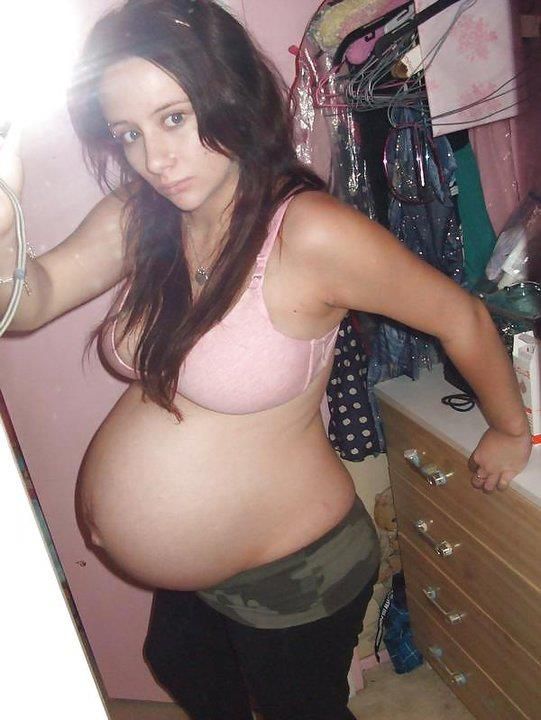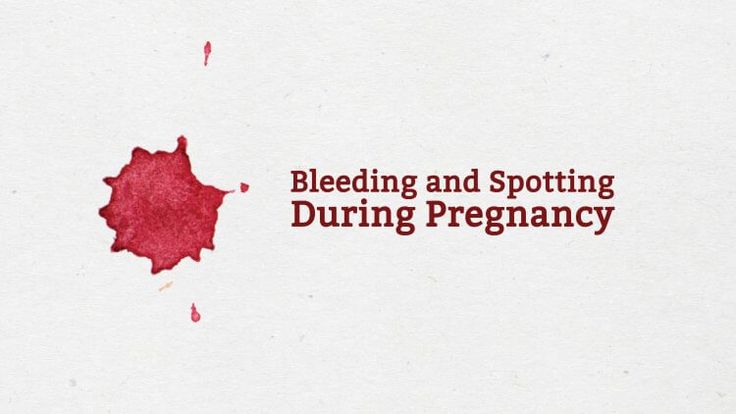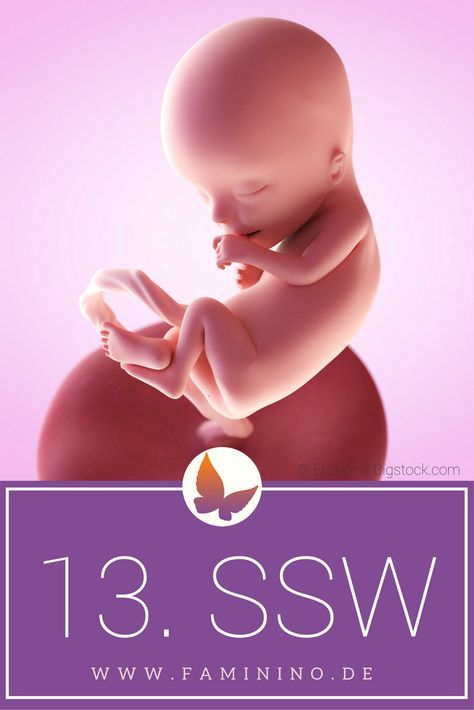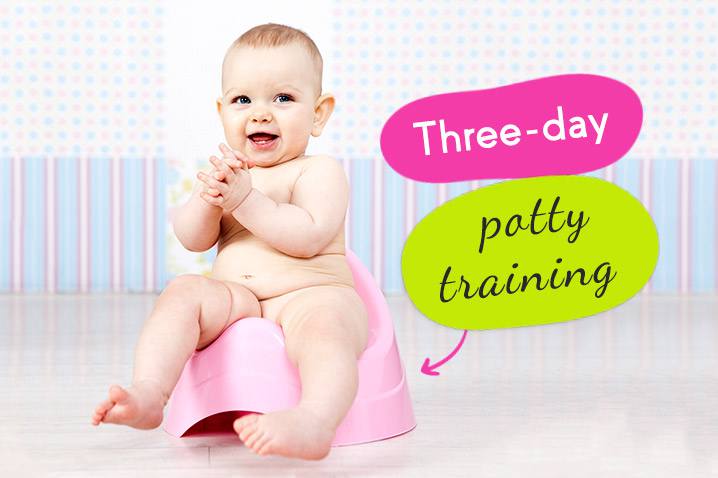How old child can sit in booster
Is Your Child Ready for a Booster Seat?
It happens in the blink of an eye. One minute you’re bringing home a tiny baby in an infant car seat, and the next you’re wondering whether your big kid is ready to move out of a five-point harness to a belt-positioning booster seat. Children outgrow their car seats at different rates, but contrary to popular belief, the right time to make the switch has little to do with age. So how do you know when your child is ready for a booster seat? Here are some guidelines for making the switch safely at the right time for your little one.
Is My Child Ready for a Booster Seat?
The safest way for your child to ride in a vehicle is to remain in a five-point harness until they exceed the maximum height and weight requirements of their car seat. Many convertible car seats and harness-to-booster car seats on the market can accommodate children up to 65 pounds. But if you–and they–are ready to move on to a belt-positioning booster seat, make sure your child meets the following booster car seat requirements first.
1. Age.
Each state has its own laws and regulations for booster seat age and weight requirements. What is the law for booster seats? Always check your state’s requirements! That way, you’ll be best informed before moving your child into a different type of car seat. Most state laws and booster seat manufacturers require children to be at least 4 or 5 years old before using a booster. However, age isn’t as important as the other three factors.
2. Weight.
Even if your child is technically old enough to legally ride in a booster seat, they may not weigh enough to safely sit in one. At a minimum, your child should weigh at least 40 pounds before using a belt-positioning booster car seat.
3. Height.
The height of your child is of equal importance to weight when deciding whether they’re ready for a booster seat. You can safely make the switch only if your child is at least 35 inches tall and can sit in the booster seat with their back against the vehicle seat and their knees bent comfortably at the edge of the seat cushion.
4. Maturity.
Some 4-year-olds may be mature enough to properly sit in a booster seat for the entire car trip with the seat belt correctly positioned across the chest and shoulder, but many will be much older. Your child can safely sit in a booster seat only if they can ride without slouching, leaning to the side, or tucking the shoulder belt under their arm or behind their back.
You know your child best. If you can’t rely on your child to sit properly in the booster seat, you can’t rely on the car’s seat belt to properly restrain them when it really counts.
When to Stop Using a Booster Seat
Just as there are requirements for when a child is ready to move into a booster seat, there are also rules for when a child is able to stop using a booster seat altogether. And these rules may surprise you. Once again, the laws and requirements are different for each state, but typically, your child should remain in a booster until they reach the age of eight and a standing height of at least 4 feet 9 inches.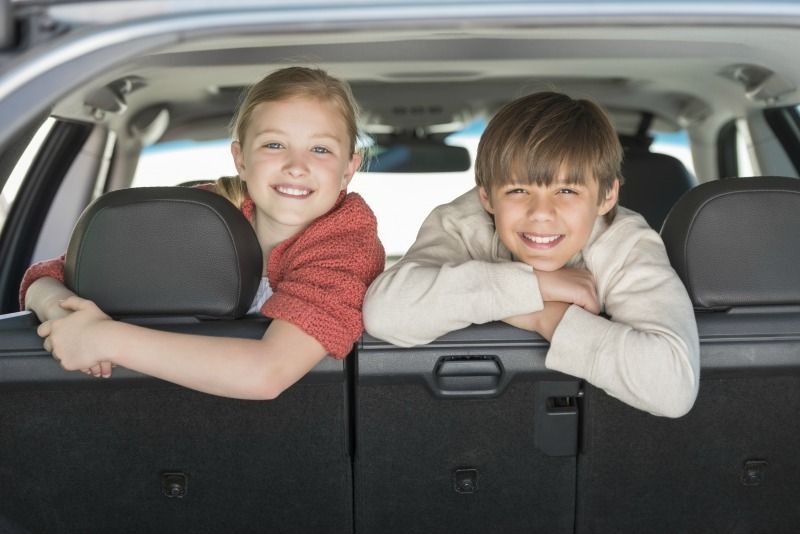 Many children won’t safely be able to ride in a car without a booster seat until they’re 10 to 12 years of age.
Many children won’t safely be able to ride in a car without a booster seat until they’re 10 to 12 years of age.
The best way to decide if your child can safely ride in a belt-positioning booster seat or without a booster seat at all is to check the position of the seat belt. Does the seat belt sit across the middle of the chest and shoulder without cutting into the child’s neck? Can the child sit comfortably with their back against the seat and their legs bent at the knee over the edge of the seat? Is the lap belt low and snug against your child’s upper thighs? If so, it’s a good fit.
Ready to make the switch? Learn about the pros and cons between the different types of booster seats so you can make the best decision for your child. And remember, the best type of booster seat is one that fits your child and safely secures them while traveling.
Car Seats: Information for Families
One of the most important jobs you have as a parent is keeping your child safe when your child is riding in a vehicle.
Each year, thousands of young children are killed or injured in car crashes. Proper use of car safety seats helps keep children safe. But, because so many different seats are on the market, many parents find this overwhelming. If you are expectant parents, consider working with a certified passenger safety technician (CPST or CPS technician), before your baby is born, to ensure a safe ride home from the hospital.
The type of seat your child needs depends on several things, including your child's age, size, and developmental needs. Here is more information from the American Academy of Pediatrics (AAP) about choosing the most appropriate car safety seat for your child.
Visit here for a listing of car seats & car seat manufacturers.
Types of car seats at a glance:
This chart is a quick guide on where to start your search. It's important to continue your research to learn about each seat you use.
Age-group | Type of Seat | General Guidelines | ||
|---|---|---|---|---|
Infants and toddlers | All infants and toddlers should ride in a rear-facing seat until they reach the highest weight or height allowed by their car safety seat manufacturer. | |||
Toddlers and preschoolers | Children who have outgrown the rear-facing weight or height limit for their convertible seat should use a forward-facing seat with a harness for as long as possible, up to the highest weight or height allowed by their car safety seat manufacturer. Many seats can accommodate children up to 65 pounds or more. | |||
School-aged children |
| All children whose weight or height exceeds the forward-facing limit for their car safety seat should use a belt-positioning booster seat until the vehicle seat belt fits properly, typically when they have reached 4 feet 9 inches in height and are 8 to 12 years of age. All children younger than 13 years should ride in the back seat. | ||
Older children |
| When children are old enough and large enough for the vehicle seat belt to fit them correctly, they should always use lap and shoulder seat belts for the best protection. All children younger than 13 years should ride in the back seat. | ||
Car safety seats may be installed with either the vehicle's seat belt or its LATCH (lower anchors and tethers for children) system. LATCH is an attachment system for car safety seats. Lower anchors can be used instead of the seat belt to install the seat, and many parents find them easier to use in some cars. The top tether should always be used with a forward-facing seat, whether you use the seat belt or lower anchors to secure it. The seat belt and LATCH systems are equally safe, so caregivers should use one or the other, whichever works best for them, for their car safety seat, and their vehicle. In general, caregivers should only use 1 of the 2 options unless the car safety seat and vehicle manufacturers say it is OK to use 2 systems at the same time.
In general, caregivers should only use 1 of the 2 options unless the car safety seat and vehicle manufacturers say it is OK to use 2 systems at the same time.
Vehicles with the LATCH system have lower anchors located in the back seat, where the seat cushions meet. Tether anchors are located behind the seat, either on the panel behind the seat (in sedans) or on the back of the seat, ceiling, or floor (in most minivans, SUVs, hatchbacks, and pickup trucks). All forward-facing car safety seats have tethers or tether connectors that fasten to these anchors. Nearly all passenger vehicles and all car safety seats made on or after September 1, 2002, are equipped to use LATCH. See vehicle owner's manual for highest weight of child allowed to use top tether.
All lower anchors are rated for a maximum weight of 65 pounds (total weight includes car safety seat and child). Parents should check the car safety seat manufacturer's recommendations for maximum weight a child can be to use lower anchors. New car safety seats have the maximum weight printed on their label.
New car safety seats have the maximum weight printed on their label.
NOTE: Seat belts—If you install a car safety seat by using your vehicle's seat belt, you must make sure the seat belt locks to hold the seat tightly. In most newer cars, you can lock the seat belt by pulling it all the way out and then allowing it to retract to keep the seat belt tight around the car safety seat. In addition, many car safety seats have built-in lock-offs so you can lock the belt without having to lock the seat belt separately as well. Refer to the vehicle owner's manual for details about how your seat belt locks.
Middle of the back seat—The safest place to ride for all children younger than 13 years is the back seat. If possible, it may be best for the child to ride in the middle of the back seat. However, it is sometimes difficult to install a car safety seat tightly in the middle if the vehicle seat is narrow or uneven. Also, many vehicles do not have lower anchors for the middle seating position. It is safest to put the car safety seat in a position where you can install it tightly with either the lower anchor system or the seat belt; in some cases, this position may be on either side of the back seat rather than in the middle. A child passenger safety technician (CPST or CPS technician) can help you decide which place is best to install your child's car safety seat in your vehicle.
It is safest to put the car safety seat in a position where you can install it tightly with either the lower anchor system or the seat belt; in some cases, this position may be on either side of the back seat rather than in the middle. A child passenger safety technician (CPST or CPS technician) can help you decide which place is best to install your child's car safety seat in your vehicle.
The AAP recommends that all infants ride rear facing starting with their first ride home from the hospital. All infants and toddlers should ride in a rear-facing seat as long as possible until they reach the highest weight or height allowed by their car safety seat manufacturer. Most convertible seats have limits that will allow children to ride rear facing for 2 years or more. When infants outgrow their rear-facing–only seat, a convertible seat installed rear facing is needed. All parents can benefit from getting installation help from a CPST to ensure that their child's seat is properly installed.
Types of rear-facing seats
Three types of rear-facing seats are available: rear-facing–only, convertible, and all-in-one. When children reach the highest weight or length allowed by the manufacturer of their rear-facing–only seat, they should continue to ride rear facing in a convertible or all-in-one seat.
Rear-facing–only seats
Are used for infants up to 22 to 35 pounds and 26 to 35 inches, depending on the model.
Are small and have carrying handles.
Usually come with a base that can be left in the car. The seat clicks into and out of the base so you don't have to install the seat each time you use it. Parents can buy more than one base for additional vehicles.
Should be used only for a child's travel (not sleeping, feeding, or any other use outside the vehicle).
Convertible seats (used rear facing)
Can be used rear facing and, later, "converted" to forward facing for older children when they outgrow either the weight limit or the length limit for rear facing.
 This means the seat can be used longer by your child. Convertible seats are bulkier than infant seats, however, and they do not come with carrying handles or separate bases and are designed to stay in the car.
This means the seat can be used longer by your child. Convertible seats are bulkier than infant seats, however, and they do not come with carrying handles or separate bases and are designed to stay in the car.Many have higher limits in rear-facing weight (up to 40–50 pounds) and height than those of rear-facing– only seats, a feature that makes convertible seats ideal for bigger babies and toddlers.
Have a 5-point harness that attaches at the shoulders, at the hips, and between the legs.
Should be used only for a child's travel (not sleeping, feeding, or any other use outside the vehicle).
All-in-one seats (used rear facing)
Can be used rear facing, forward facing, or as a belt- positioning booster. This means the seat may be used longer by your child as your child grows.
Are often bigger in size, so it is important to check that they fit in the vehicle while they are rear facing.
Do not have the convenience of a carrying handle or separate base; however, they may have higher limits in rear-facing weight (up to 40–50 pounds) and height than those of rear-facing–only seats, a feature that makes all-in-one seats ideal for bigger babies and toddlers.
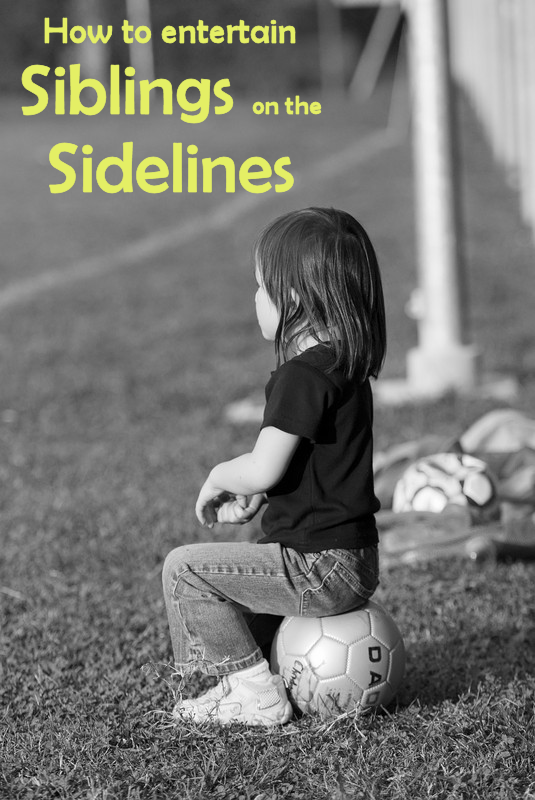
Installation tips for rear-facing seats
Always read the vehicle owner's manual and the car safety seat manual before installing the seat.
When using a rear-facing seat, keep the following tips in mind:
Place the harnesses in your rear-facing seat in slots that are at or below your child's shoulders.
Ensure that the harness is snug (you cannot pinch any slack between your fingers when testing the harness straps over the child's shoulders) and that the chest clip is placed at the center of the chest, even with your child's armpits.
Make sure the car safety seat is installed tightly in the vehicle with either lower anchors or a locked seat belt. Many car safety seats have an integrated lock-off system to keep the seat belt locked. If your seat has one, follow the manufacturer's recommendations on how to use it. If you can move the seat at the belt path more than an inch side to side or front to back, it's not tight enough.
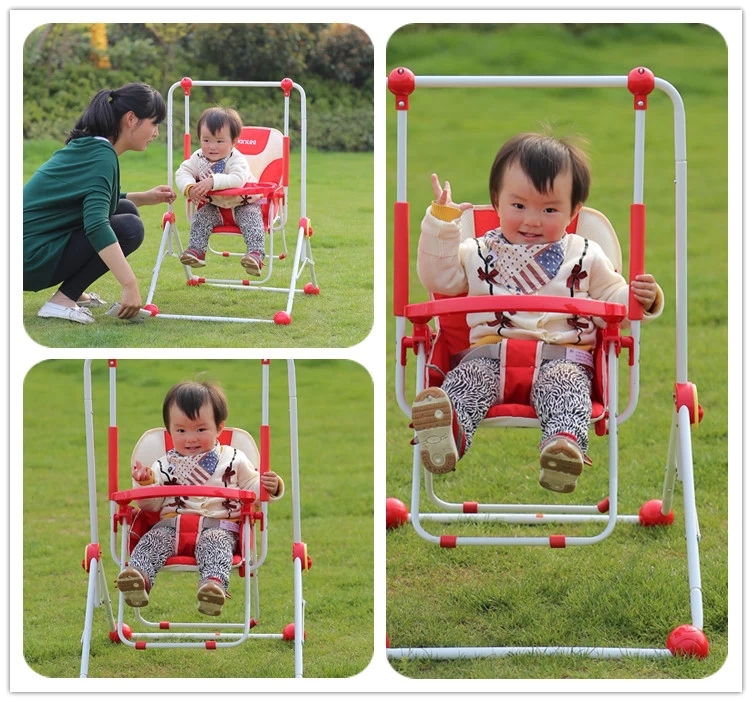
Never place a rear-facing seat in the front seat of a vehicle that has an active front passenger airbag. If the airbag inflates, it will hit the back of the car safety seat, right against your child's head, and could cause serious injury or death.
If you are using a convertible or all-in-one seat in the rear-facing position, make sure the seat belt or lower anchor webbing is routed through the correct belt path. Check the instructions that came with the car safety seat to be sure.
Make sure the seat is at the correct angle so your child's head does not flop forward. Check the instructions to find out the correct angle for your seat and how to adjust the angle if needed. All rear-facing seats have built-in recline indicators.
Check the car safety seat instructions and vehicle owner's manual about whether the car safety seat may contact the back of the vehicle seat in front of it.
Still having trouble? Check with a certified CPST in your area who can help.
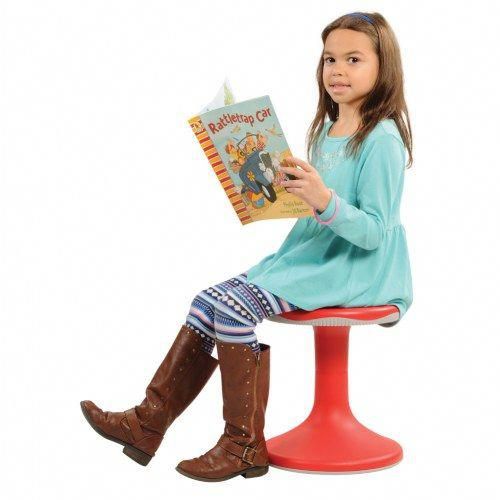
Common questions
What if my child's feet touch the back of the vehicle seat?
What do I do if my child slouches down or to the side in the car seat?
You can try placing a tightly rolled receiving blanket on both sides of your child. Many manufacturers allow the use of a tightly rolled small diaper or cloth between the crotch strap and your child, if necessary, to prevent slouching. Do not place padding under or behind your child or use any sort of car safety seat insert unless it came with the seat or was made by the manufacturer for use with that specific seat.
Why should I dress my child in thinner layers of clothing before strapping them into a car safety seat?
Bulky clothing, including winter coats and snowsuits, can compress in a crash and leave the straps too loose to restrain your child, leading to increased risk of injury. Ideally, dress your baby in thinner layers and wrap a coat or blanket around your baby over the buckled harness straps if needed.
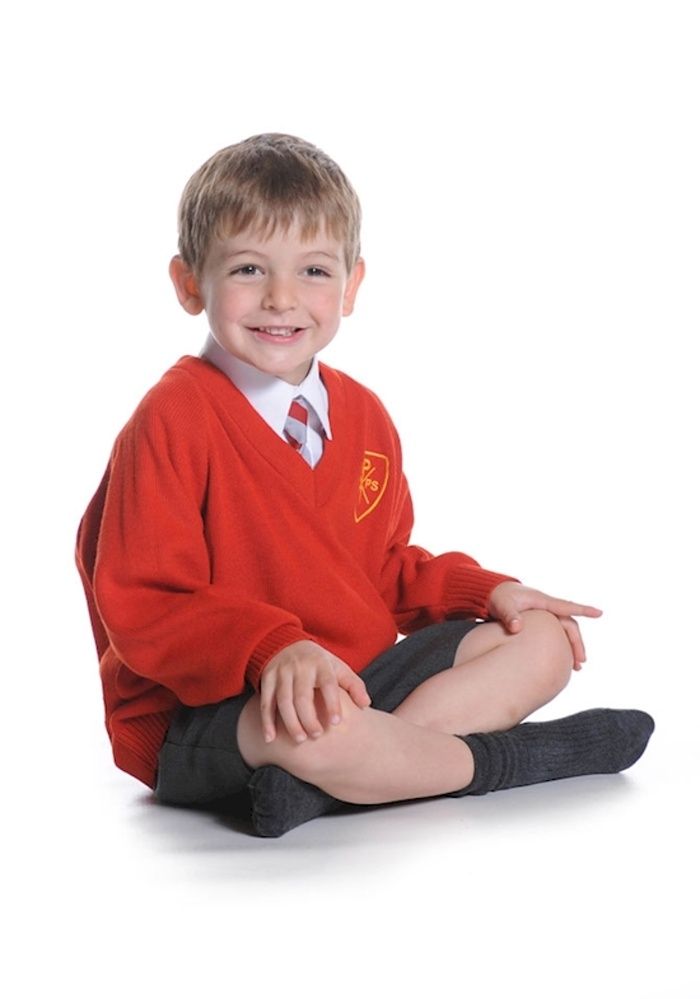 See
Winter Car Seat Safety Tips from the AAP.
See
Winter Car Seat Safety Tips from the AAP.
Do preemies need a special car seat?
A car safety seat should be approved for a baby's weight. Very small babies who can sit safely in a semi-reclined position usually fit better in rear-facing–only seats. Babies born preterm should be screened while still in the hospital to make sure they can sit safely in a semi-reclined position. Babies who need to lie flat during travel may be able to ride in a car bed that meets Federal Motor Vehicle Safety Standard 213. They should be screened again while in the hospital to make sure they can lie safely in the car bed.
Always read the vehicle owner's manual and the car safety seat manual before installing the seat.
Any child who has outgrown the rear-facing weight or height limit for her convertible seat should use a forward- facing seat with a harness for as long as possible, up to the highest weight or height allowed by her car safety seat manufacturer. It is best for children to ride in a seat with a harness as long as possible, at least to 4 years of age. If your child outgrows a seat before reaching 4 years of age, consider using a seat with a harness approved for higher weights and heights.
It is best for children to ride in a seat with a harness as long as possible, at least to 4 years of age. If your child outgrows a seat before reaching 4 years of age, consider using a seat with a harness approved for higher weights and heights.
Types of Forward-Facing Car Seat Restraints
Four types of car safety restraints can be used forward facing:
Convertible seats: Seats can "convert" from rear facing to forward facing. These include all-in-one seats.
Combination seats with harness: Seats can be used forward facing with a harness for children who weigh up to 40 to 65 pounds (depending on the model) or without the harness as a booster (up to 100–120 pounds, depending on the model).
Integrated seats: Some vehicles come with built-in forward-facing seats. Weight and height limits vary. Do not use a built-in seat until your child has reached the highest weight or height allowed for your rear-facing convertible car safety seat.
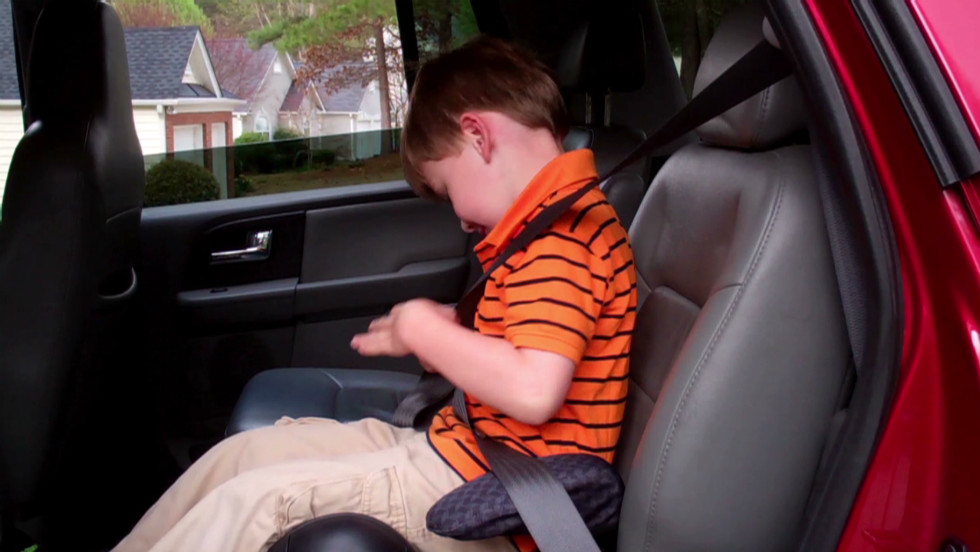 Read your vehicle owner's manual for details about how to use these seats.
Read your vehicle owner's manual for details about how to use these seats.Travel vests: Vests can be worn by children 22 to 168 pounds and can be an option to traditional forward- facing seats. They are useful for when a vehicle has lap-only seat belts in the rear, for children with certain special needs, or for children whose weight has exceeded that allowed by car safety seats. These vests usually require use of a top tether.
Installation tips for forward-facing seats
Always read the vehicle owner's manual and the car safety seat manual before installing the seat.
It is important that the car safety seat is installed tightly in the vehicle and that the harness fits your child snugly.
To switch a convertible or all-in-one seat from rear-facing to forward-facing:
Move the harness shoulder straps to the slots or position that is at or just above your child's shoulders. Check the instructions that came with the seat to be sure you are positioning the shoulder straps correctly.
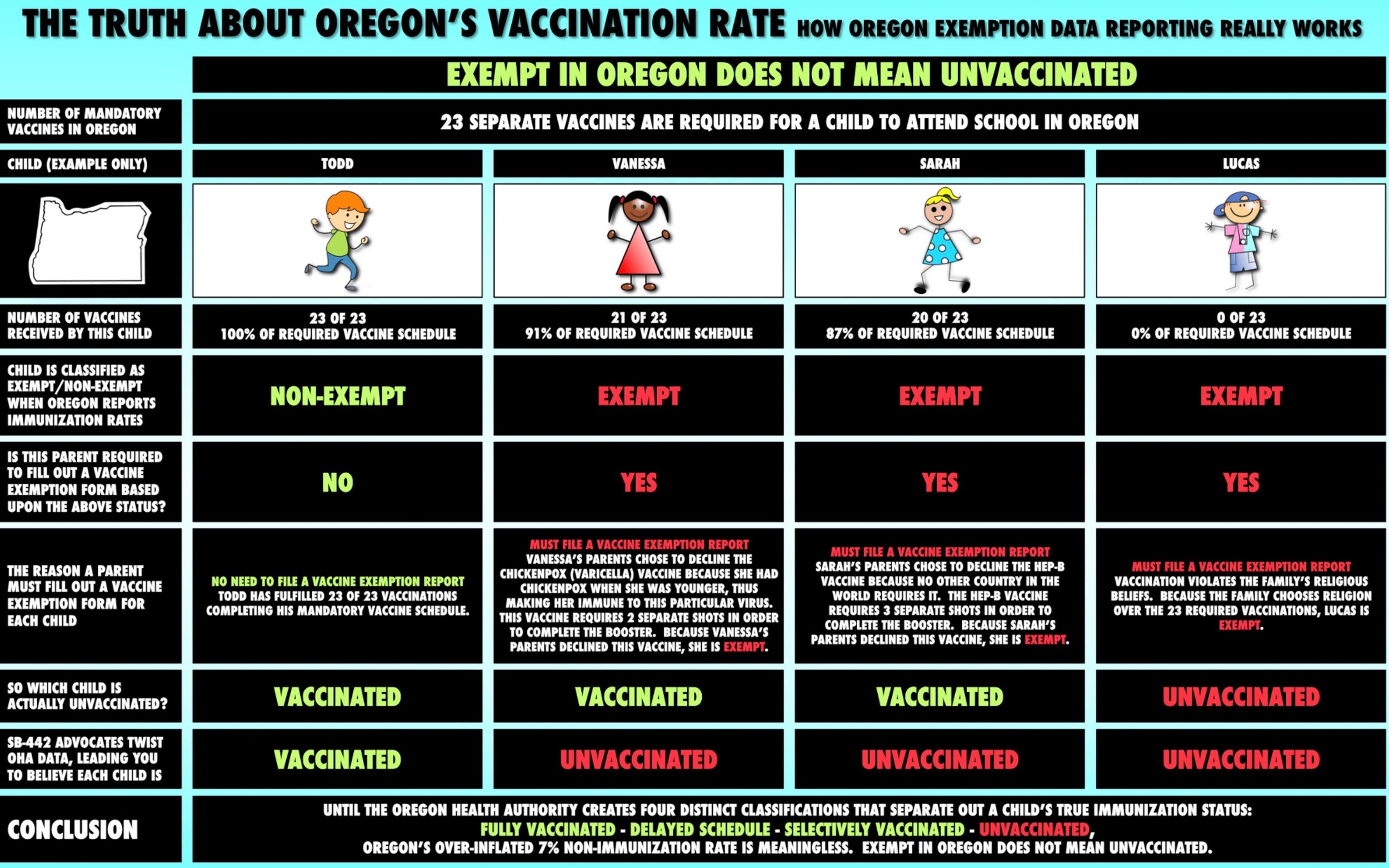
You may have to adjust the recline angle of the seat so that it sits more upright in your vehicle. Check the instructions to be sure.
If using a seat belt, make sure it runs through the forward-facing belt path (be sure to follow car safety seat instructions) and that the seat belt is locked and tightened. Many car safety seats have an integrated lock-off to keep the seat belt locked. If your seat has one, follow the manufacturer's recommendations on how to use it.
If using the lower anchors, make sure that the weight of your child plus the weight of the seat does not exceed 65 pounds. Most seats now state in the manual and on the stickers on the side the maximum child weight to use the anchors. If the child weighs too much, caregivers must use the seat belt to install.
Always use the tether when you can. A tether is a strap that is attached to the top part of a car safety seat and holds the seat tightly by connecting to an anchor point in your vehicle (often on the seat back or rear shelf; see your vehicle owner's manual to find where tether anchors are in your vehicle).
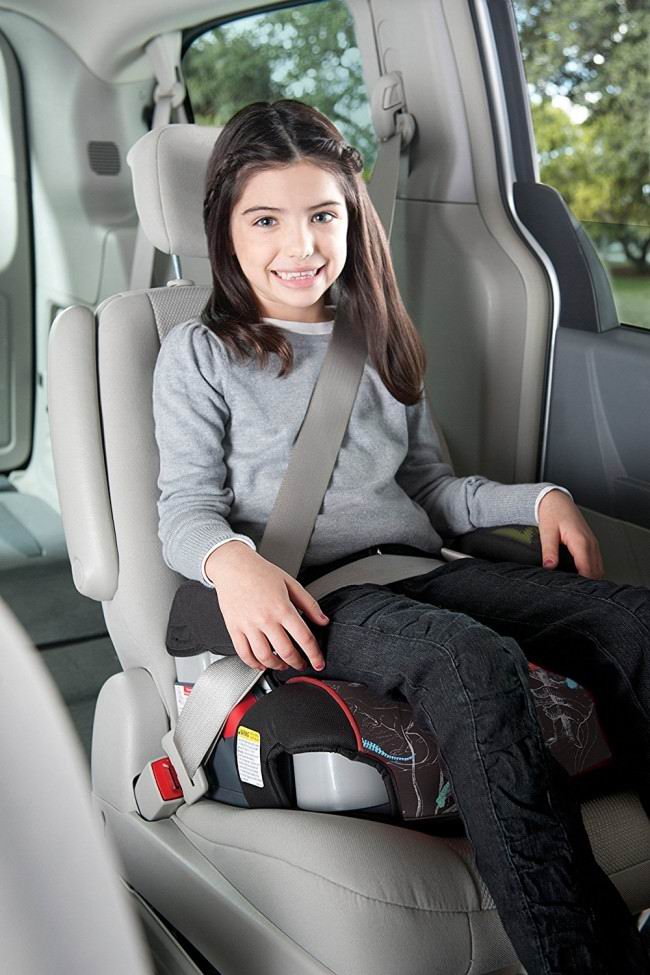 Tethers give important extra protection by keeping the car safety seat and your child's head from moving too far forward in a crash or sudden stop. All new cars, minivans, and light trucks are required to have tether anchors as of September 2000. Forward-facing seats come with tether straps. A tether should always be used as long as your child has not reached the top weight limit for the tether anchor. Check the car safety seat instructions and vehicle owner's manual for information about the top weight limit and locations of tether anchors.
Tethers give important extra protection by keeping the car safety seat and your child's head from moving too far forward in a crash or sudden stop. All new cars, minivans, and light trucks are required to have tether anchors as of September 2000. Forward-facing seats come with tether straps. A tether should always be used as long as your child has not reached the top weight limit for the tether anchor. Check the car safety seat instructions and vehicle owner's manual for information about the top weight limit and locations of tether anchors. Watch the Video: How to Install a Forward-Facing Car Seat
Common question
What if I drive more children than those who can be buckled safely in the back seat?
It's best to avoid this, especially if your vehicle has airbags in the front seat. All children younger than 13 years should ride in the back seat. If absolutely necessary, a child in a forward-facing seat with a harness may be the best choice to ride in front.
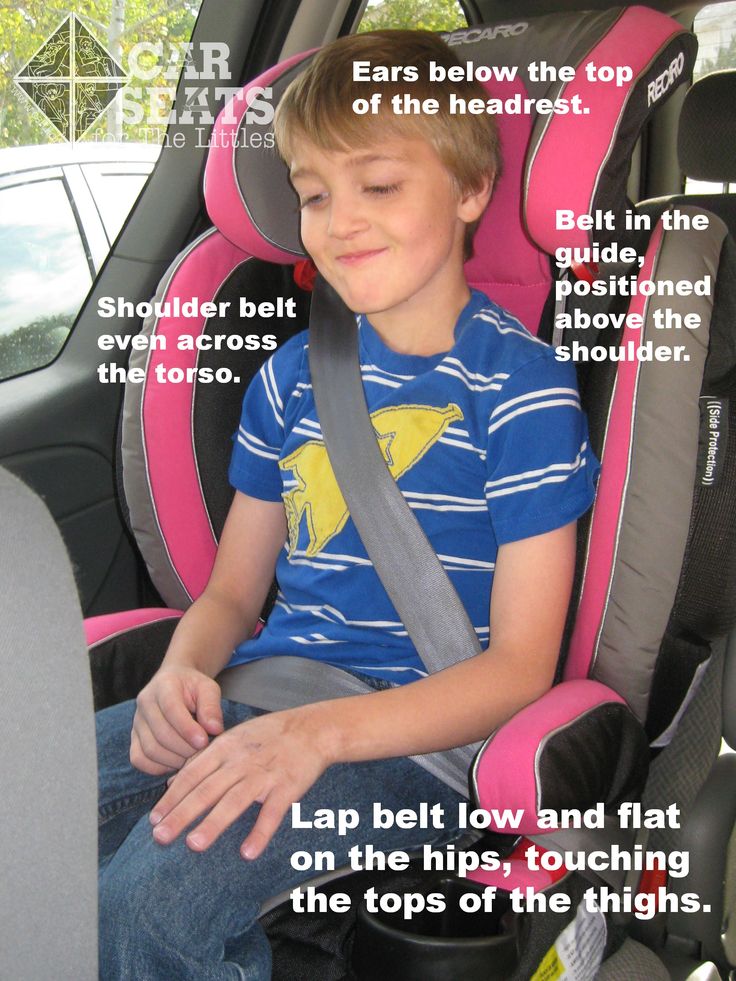 Just be sure the vehicle seat is moved as far back away from the dashboard (and airbag) as possible.
Just be sure the vehicle seat is moved as far back away from the dashboard (and airbag) as possible.
Booster seats are for older children who have outgrown their forward-facing seats. All children whose weight or height exceeds the forward-facing limit for their car safety seat should use a belt-positioning booster seat until the vehicle seat belt fits properly, typically when they have reached 4 feet 9 inches in height and are 8 to 12 years of age. Most children will not fit in most vehicle seat belts without a booster until 10 to 12 years of age. All children younger than 13 years should ride in the back seat. Instructions that come with your car safety seat will tell you the height and weight limits for the seat. As a general guideline, a child has outgrown a forward-facing seat when any of the following situations is true:
They reach the top weight or height allowed for his seat with a harness. (These limits are listed on the seat and in the instruction manual.
 )
)Their shoulders are above the top harness slots.
The tops of their ears have reached the top of the seat.
Types of booster seats
High-back and backless are 2 standard types of booster seats. They do not come with a harness but are used with lap and shoulder seat belts in your vehicle, the same way an adult rides. They are designed to raise a child up so that lap and shoulder seat belts fit properly over the strongest parts of the child's body.
Most booster seats are not secured to the vehicle seat with the seat belt or lower anchors and tether but simply rest on the vehicle seat and are held in place once the seat belt is fastened over a child. However, some models of booster seats can be secured to the vehicle seat and kept in place by using the lower anchors and tether along with lap and shoulder belts. (Currently, only a few vehicle manufacturers offer integrated booster seats.)
Installation tips for booster seats
When using a booster seat, always read the vehicle owner's manual and the car safety seat manual before installing the seat. Booster seats often have a plastic clip or guide to correctly position vehicle lap and shoulder belts. See the booster seat instruction manual for directions on how to use the clip or guide.
Booster seats must be used with lap and shoulder belts. When using a booster seat, make sure:
Booster seats often have a plastic clip or guide to correctly position vehicle lap and shoulder belts. See the booster seat instruction manual for directions on how to use the clip or guide.
Booster seats must be used with lap and shoulder belts. When using a booster seat, make sure:
The lap belt lies low and snug across your child's upper thighs.
The shoulder belt crosses the middle of your child's chest and shoulder and is off the neck.
Watch the video: How to Use a Booster Seat
If your booster seat has lower anchors or tether attachments, check its manual for installation instructions.
Common questions about booster seats
What if my car has only lap belts in the back seat?
Lap belts work fine with rear-facing–only, convertible, and forward-facing seats that h av e a harness but can never be used with a booster seat. If your car has only lap belts, use a forward-facing seat that has a harness and higher weight limits. You could also
You could also
Check to see if shoulder belts can be installed in your vehicle.
Use a travel vest (check the manufacturer's instructions about the use of lap belts only and about the use of lap and shoulder belts).
Consider buying another car with lap and shoulder belts in the back seat.
What is the difference between high-back boosters and backless boosters?
Both types of boosters are designed to raise your child so seat belts fit properly, and both will reduce your child's risk of injury in a crash. High-back boosters should be used in vehicles without headrests or with low seat backs. Many seats that look like high-back boosters are actually combination seats. They come with harnesses that can be used for smaller children and, later, removed for older children. Backless boosters are usually less expensive and are easier to move from one vehicle to another. Backless boosters can be used safely in vehicles with headrests and high seat backs.

Seat belts are made for adults. Children should stay in a booster seat until adult seat belts fit correctly, typically when children reach about 4 feet 9 inches in height and are 8 to 12 years of age. Most children will not fit in a seat belt alone until 10 to 12 years of age. When children are old enough and large enough to use the vehicle seat belt alone, they should always use lap and shoulder seat belts for the best protection. All children younger than 13 years should ride in the back seat.
Using a seat belt:
An adult seat belt fits correctly when:
The shoulder belt lies across the middle of the chest and shoulder, not the neck or throat.
The lap belt is low and snug across the upper thighs, not the belly.
Your child is tall enough to sit against the vehicle seat back with her knees bent over the edge of the seat without slouching and can comfortably stay in this position throughout the trip.

Other points to keep in mind when using seat belts include:
Make sure your child does not tuck the shoulder belt under her arm or behind her back. This leaves the upper body unprotected and adds extra slack to the seat belt system, putting your child at risk of severe injury in a crash or with sudden braking.
Never allow anyone to "share" seat belts. All passengers must have their own car safety seats or seat belts.
Common question
I've seen products that say they can help make the seat belt fit better. Should we get one of these?
No, these products are unapproved and should not be used. They may actually interfere with proper seat belt fit by causing the lap belt to ride too high on the stomach or making the shoulder belt too loose. They can even damage the seat belt. This rule applies to car safety seats too; do not use extra products unless they came with the seat or are specifically approved by the seat manufacturer.
 These products are not covered by any federal safety standards, and the AAP does not recommend they be used. As long as children are riding in the correct restraint for their size, they should not need to use additional devices.
These products are not covered by any federal safety standards, and the AAP does not recommend they be used. As long as children are riding in the correct restraint for their size, they should not need to use additional devices.
When shopping for a car seat, keep the following tips in mind:
No one seat is the "best" or "safest." The best seat is the one that fits your child's size, is correctly installed, fits well in your vehicle, and is used properly every time you drive.
Don't decide by price alone. A higher price does not mean the seat is safer or easier to use.
Avoid used seats if you don't know the seat's history.
Watch the Video: What to Look For When Purchasing a Car Seat
Never use a car seat that:
Is too old. Look on the label for the date the seat was made.
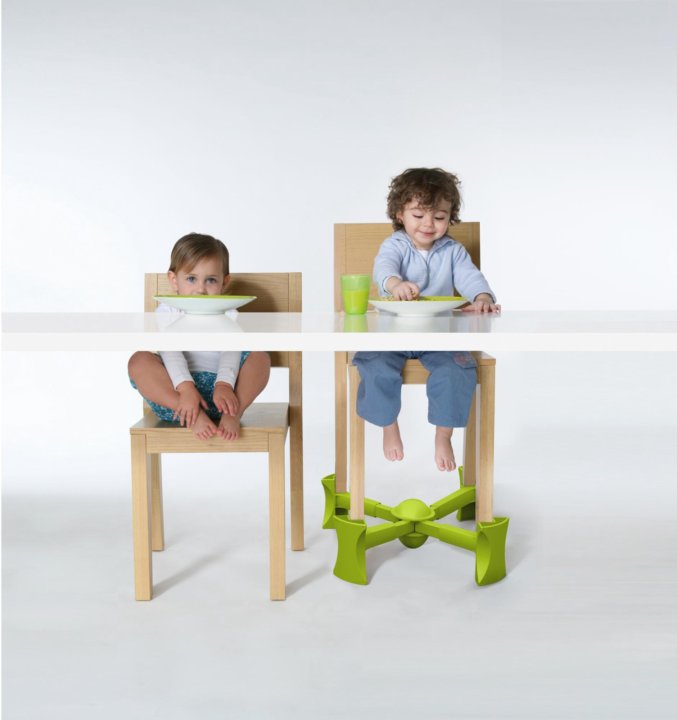 Check with the manufacturer to find out how long it recommends using the seat.
Check with the manufacturer to find out how long it recommends using the seat.Has any visible cracks on it.
Does not have a label with the date of manufacture and model number. Without these, you cannot check to see if the seat has been recalled.
Does not come with instructions. You need them to know how to use the seat. Instructions can be found on manufacturer websites or by contacting the manufacturer.
Is missing parts. Used car safety seats often come without important parts. Check with the manufacturer to make sure you can get the right parts.
Was recalled. You can find out by calling the manufacturer or contacting the National Highway Traffic Safety Administration (NHTSA) Vehicle Safety Hotline at 888/327-4236. You can also visit the NHTSA Website.
Do not use seats that have been in a moderate or severe crash.
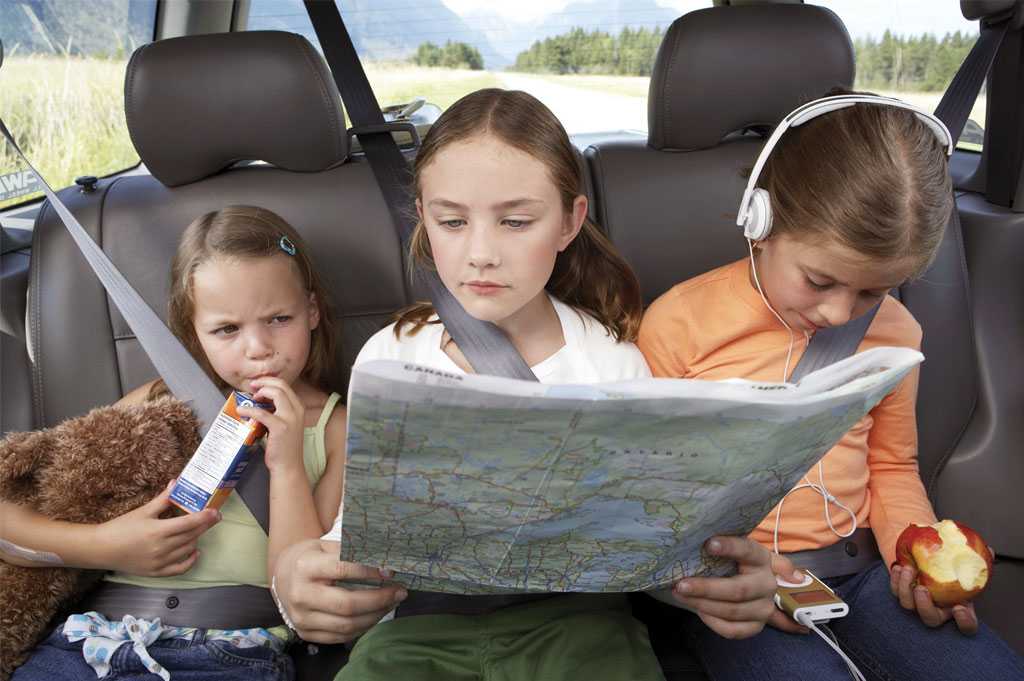 Seats that were in a minor crash may still be safe to use, but some car safety seat manufacturers recommend replacing the seat after any crash, even a minor one. The NHTSA considers a crash minor if all the following situations are true:
Seats that were in a minor crash may still be safe to use, but some car safety seat manufacturers recommend replacing the seat after any crash, even a minor one. The NHTSA considers a crash minor if all the following situations are true:The vehicle could be driven away from the crash.
The vehicle door closest to the car safety seat was not damaged.
No one in the vehicle was injured.
The airbags did not go off.
You can't see any damage to the car safety seat.
If you have specific questions about the car seat, contact the manufacturer.
Front airbags are installed in all new cars. When used with seat belts, airbags work well to protect teenagers and adults; however, airbags can be very dangerous to children, particularly to those riding in rear-facing seats and to preschoolers and young school-aged children who are not properly restrained.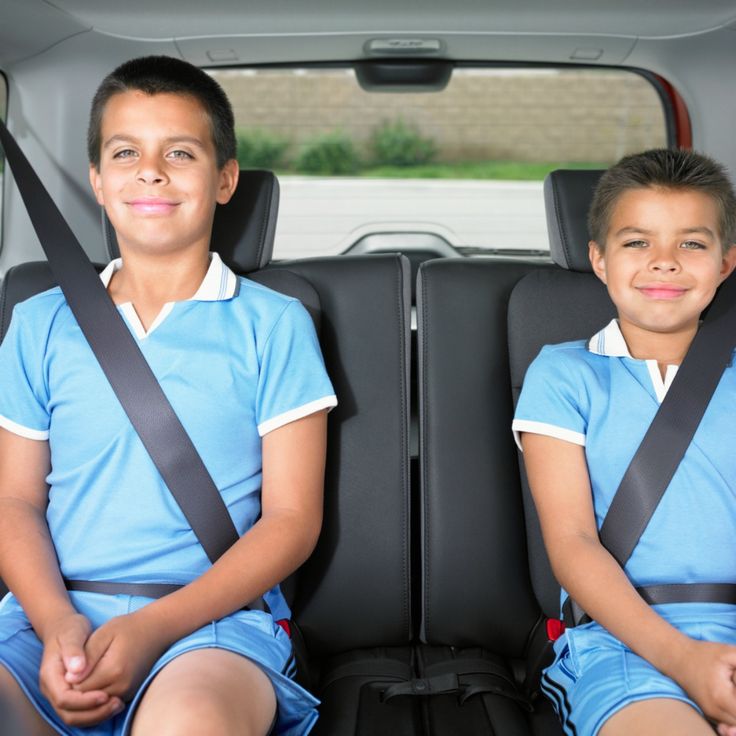 If your vehicle has a front passenger airbag, infants in rear-facing seats must ride in the back seat. Even in a relatively low-speed crash, the airbag can inflate, strike the car safety seat, and cause serious brain injury and death.
If your vehicle has a front passenger airbag, infants in rear-facing seats must ride in the back seat. Even in a relatively low-speed crash, the airbag can inflate, strike the car safety seat, and cause serious brain injury and death.
Vehicles with no back seat or a back seat that is not made for passengers are not the best choice for traveling with small children; however, the airbag can be turned off in some of these vehicles if the front seat is needed for a child passenger. See your vehicle owner's manual for more information.
Side airbags are available in most new cars. Side airbags improve safety for adults in side-impact crashes. Read your vehicle owner's manual for more information about the airbags in your vehicle. Read your car safety seat instructions and the vehicle owner's manual for guidance on placing the seat next to a side airbag.
About carpooling
If your child is being driven by someone else, make sure:
The car safety seat your child will be using fits properly in the vehicle used for transport.
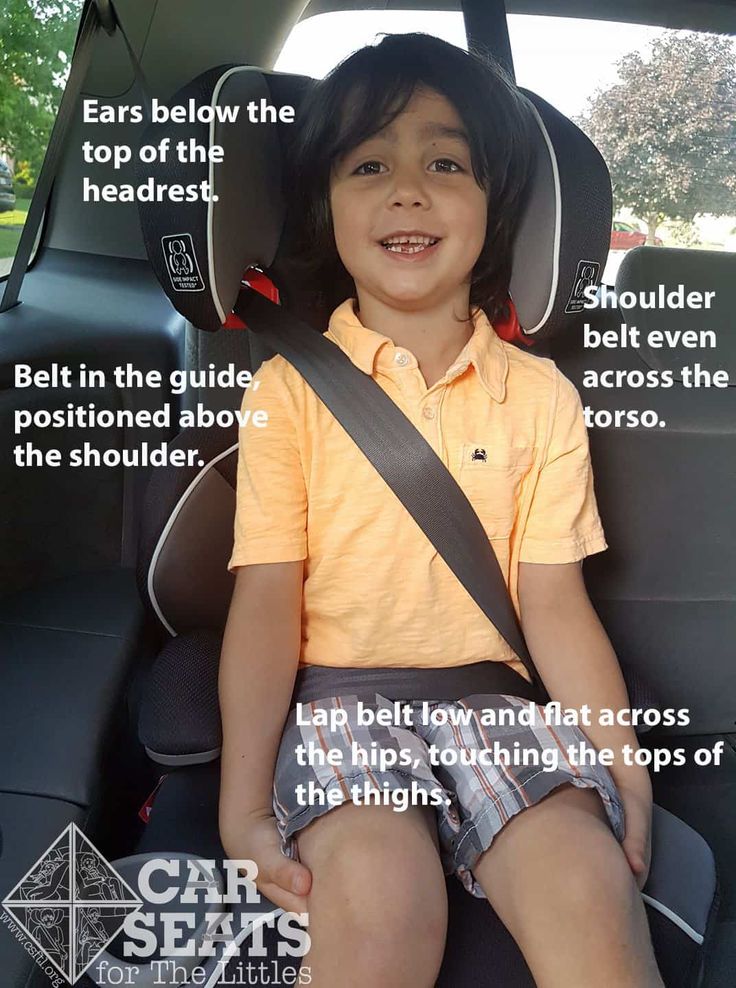
The car safety seat being used is appropriate for the age and size of your child.
The person in charge of transporting your child knows how to install and use the car safety seat correctly.
Child care programs and schools should have written guidelines for transporting children, including
All drivers must have a valid driver's license. In some states, school bus drivers need to have a special type of license.
Staff to child ratios for transport should meet or exceed those required for the classroom.
Every child should be supervised during transport, either by school staff or a parent volunteer, so the driver can focus on driving.
School staff, teachers, and drivers should know what to do in an emergency, know how to properly use car safety seats and seat belts, and be aware of other safety requirements.
About car safety seats on airplanes
The Federal Aviation Administration (FAA) and the AAP recommend that children less than 40 pounds be securely fastened in certified child restraints when flying. This will help keep them safe during takeoff and landing or in case of turbulence. Most rear-facing, convertible, and forward-facing seats can be used
on airplanes , but booster seats and travel vests cannot.
This will help keep them safe during takeoff and landing or in case of turbulence. Most rear-facing, convertible, and forward-facing seats can be used
on airplanes , but booster seats and travel vests cannot.
Read your seat's instruction manual and look for a label on the car safety seat that says, "This restraint is certified for use in motor vehicles and aircraft." You can also consider using a restraint made only for use on airplanes and approved by the FAA. Larger children may use the airplane seat belt or continue to use their car safety seat on the airplane as long as it is labeled for use on aircraft and the child has not exceeded the seat's weight or height limit. Remember that your child will need an appropriate car safety seat to use at your destination. For more information, visit the FAA Website or the CARES (Airplane Safety Harness for Children) Website.
If you need installation help
If you have questions or need help with installing your car safety seat, find a certified child passenger safety technician (CPST or CPS technician).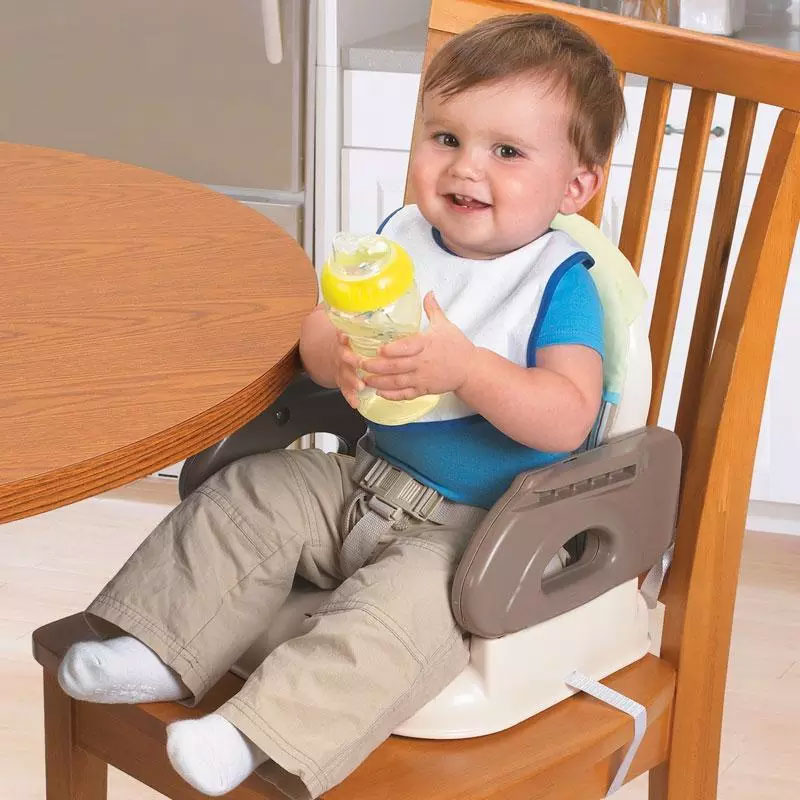 Lists of certified CPSTs and child seat–fitting stations are available on the following websites:
Lists of certified CPSTs and child seat–fitting stations are available on the following websites:
National Child Passenger Safety Certification (Click on "Find a Tech" or call 877-366-8154.) – Includes list of CPSTs fluent in Spanish and other languages or with extra training in transportation of children with special needs.
NHTSA Parents & Caregivers
Important reminders
Be a good role model. Make sure you always wear your seat belt. This will help your child form a lifelong habit of buckling up.
Make sure that everyone who transports your child uses the correct car safety seat or seat belt on every trip, every time. Being consistent with car safety seat use is good parenting, reduces fussing and complaints, and is safest for your child.
Never leave your child alone in or around cars, and lock your vehicle when it is not in use. Any of the following situations can happen when a child is left alone in or around a vehicle.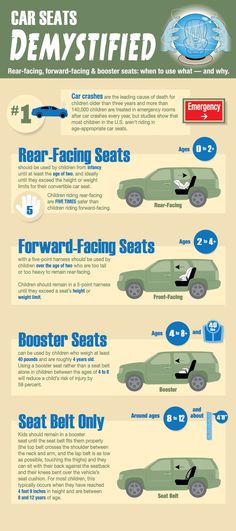 A child can
A child can
Die of heatstroke because temperatures can reach deadly levels in minutes.
Be strangled by power windows, retracting seat belts, sunroofs, or accessories.
Knock the vehicle into gear, setting it into motion.
Be backed over when the vehicle backs up.
Become trapped in the trunk of the vehicle.
Always read and follow the manufacturer's instructions for your car safety seat. If you do not have those, write or call the company's customer service department. Staff will ask you for the model number, name of seat, and date of manufacture. The manufacturer's address and phone number are on a label on the seat. Also, be sure to follow the instructions in your vehicle owner's manual about using car safety seats. Some manufacturers' instructions may be available on their websites.
Remember to fill out and mail in the registration card that comes with the car safety seat.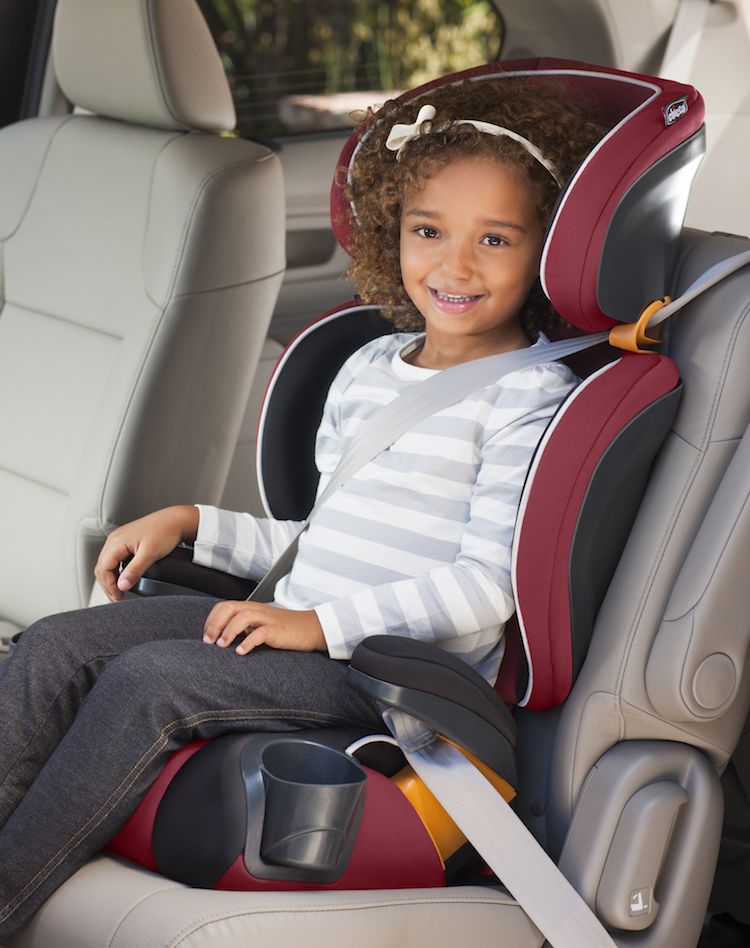 You can also register your seat on the manufacturer's website. It will be important in case the seat is recalled.
You can also register your seat on the manufacturer's website. It will be important in case the seat is recalled.
Follow manufacturer directions for cleaning car seats. Cleaning but not disinfecting is usually permitted. That's because disinfectant products may decrease the protection provided by the seat and harness.
More information
-
Ask the Pediatrician: Is it safe for my baby to travel in a car seat a few hours at a time?
- Car Seats: Product Listing
- Car Seat Checkup
- Car Seats and Obese Children: Suggestions for Parents
- Prevent Child Deaths in Hot Cars
- Travel Safety During COVID-1 9
Although the AAP is not a testing or standard-setting organization, this article sets forth the AAP recommendations based on the peer-reviewed literature available at the time of its publication and sets forth some of the factors that parents should consider before selecting and using a car seat.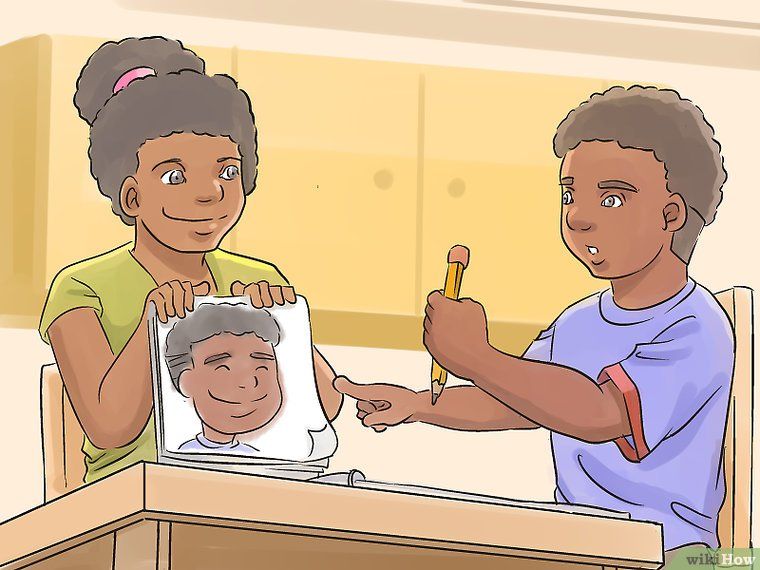
Figure 1 adapted from US Department of Transportation, National Highway Traffic Safety Administration (NHTSA). LATCH Makes Child Safety Seat Installation as Easy as 1-2-3. Washington, DC: NHTSA; 2011. DOT HS publication 809 489.
Figure 4 from Bull MJ, Engle WA; American Academy of Pediatrics Committee on Injury, Violence, and Poison Prevention and Committee on Fetus and Newborn. Safe transportation of preterm and low birth weight infants at hospital discharge. Pediatrics. 2009;123(5):1424–1429.
The information contained on this Web site should not be used as a substitute for the medical care and advice of your pediatrician. There may be variations in treatment that your pediatrician may recommend based on individual facts and circumstances.
At what age can a child be transported in the front seat?
At what age can a child be transported in the front seat?
Many, even experienced drivers, cannot give an exact answer as to whether children are allowed to be transported in a vehicle in the front passenger seat. In this article, we will consider the rules for transporting children in the front seat in accordance with traffic rules. Is it even possible to transport a child in the front seat of a car?
In this article, we will consider the rules for transporting children in the front seat in accordance with traffic rules. Is it even possible to transport a child in the front seat of a car?
Contrary to the opinion of most motorists who believe that children are only allowed to be transported in the back seat, the SDA states that children are allowed to be transported both in the back and in the front seat. Only the transportation rules themselves depend on the age of the child. The SDA does not provide for a minimum age from which it is allowed to carry children in the front seat, however, if the child is under 12 years old, then a special child car seat is required. Thus, in legal terms, children can be transported in the front seat from the moment they are born.
For a better understanding, we will conditionally divide children into two groups - from birth to 3 years old, and children over 3 years old. What are the differences in their transportation? Let's figure it out.
See catalog of group 0+ seats
Children from birth are transported in group 0+ car seats. The installation of a seat of this group on the front seat is carried out only against the direction of travel, fastening is carried out with a regular car seat belt. When transporting newborns in an infant carrier in the front seat mandatory the passenger airbag must be deactivated. This is explained quite simply - in an emergency, when the airbag is triggered, the chair can be thrown towards the passenger compartment and damage the child who is in it.
The second variation of the infant car seat is group 1, for children from 9 months to 4 years of age. In this case, there are two variations - movement against the course and along the course of the car. As long as the child moves against the direction of travel, the same rules apply as for group 0+, and when the child sits down already in the direction of travel, the airbag can no longer be turned off. One of the best group 1 seats to use in the front seat - Britax-Roemer King II .
One of the best group 1 seats to use in the front seat - Britax-Roemer King II .
Well, in conclusion, let's consider the possibility of installing a car seat for children over 3 years old on the front seat, this is group 2/3.
See the catalog of group 2/3 seats
In the older group 2/3, transporting children in the front seat of a car is quite simple. The child car seat is installed in the direction of travel, and together with the child, it is held by the standard car belt. There is no need to deactivate the passenger airbag during this transportation.
As a result, we can conclude that, if necessary, you can transport your child in the front seat of the car, right from his birth. But, for this, a number of conditions must be observed - your seat must be suitable for such transportation, and when installing the seat against the direction of the vehicle, the passenger airbag must be turned off.
Safe travels!
at what age, how to use it correctly
Recently, Ukrainian traffic rules have also become imbued with the safety of our children, where the concept of a child restraint system has appeared.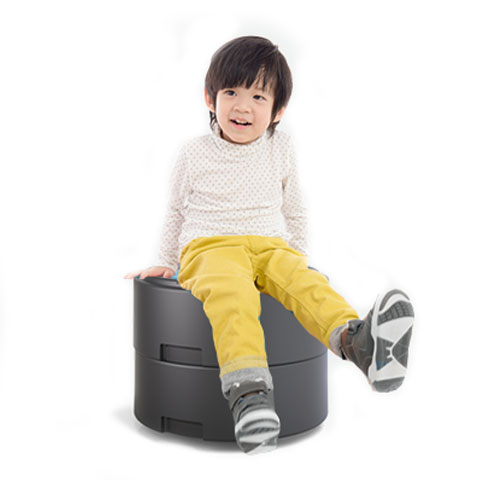 Some of these systems are popularly referred to as boosters - how do you use them?
Some of these systems are popularly referred to as boosters - how do you use them?
Let's start with the fact that the Rules of the Road of Ukraine allow transporting children less than 145 cm tall only in child restraint systems (p. 21.11 - 21.16). There are no age restrictions.
Ukrainian legislation does not tie the possibility of using a booster seat to the age of the child
about Isofix and LATCH) and "meet the requirements of the rules and regulations in force in Ukraine."
Read also: How to choose a child car seat: 4 tips
The SDA also says that the child restraint system should be used according to its instructions and the car's instructions, and also - "respond to the weight and height of the child that is transported in it."
Who is the booster for? If a small passenger easily fits in a child seat with its high back and mugs to protect the head, then a taller one will no longer fit in such a seat. In fact, the booster is a solid pillow, a pad under the child, similar to the bottom of a child seat without a back.
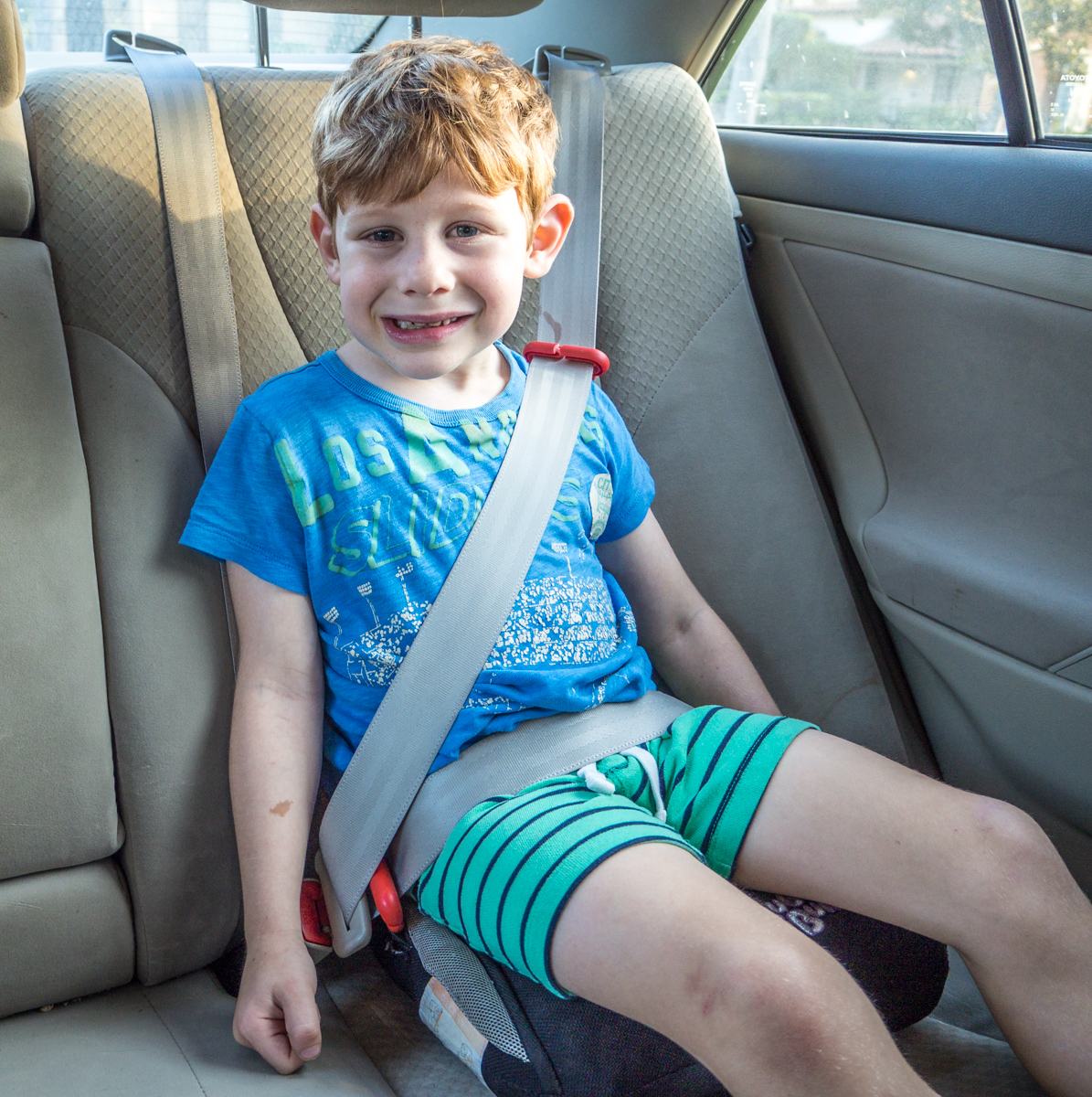 Its task is to organize the relative position of the baby and the seat belt so that it passes through certain areas of the child's body. After all, it is very dangerous if, during an accident, the belt shifts from the shoulder to the neck or from the pelvic area to the stomach (the lower branch of the belt).
Its task is to organize the relative position of the baby and the seat belt so that it passes through certain areas of the child's body. After all, it is very dangerous if, during an accident, the belt shifts from the shoulder to the neck or from the pelvic area to the stomach (the lower branch of the belt). The purpose of the booster is to direct the seat belts so that they pass through certain areas on the child's body
In general, you need to understand what the essence of the booster (and the child seat in general) is in the case of a more or less adult child? These devices help to seat the child so that in the event of an accident, the regular seat belt will hold him in place without suffocating him or allowing him to dive under or over the belt. Therefore, traffic rules require the transportation of more or less large passengers (1 m 45 cm is by no means a baby) with the help of one or another CRS, although they could well be fastened with a standard adult belt.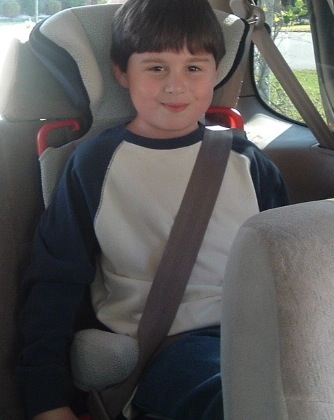
See also: How children used to be transported in cars
Manufacturers of child car seats for teenage passengers produce CRSs of the age group "3" - for children at least 125 cm tall and weighing up to 22 kg. Previously (until 2017) it was the "2-3" group, designed for a passenger weighing from 15 kg to 36 kg. To be honest, it is unlikely that a patrol officer will weigh your son or measure his height with a tape measure, but for the safety of your child, you yourself must ensure that he is correctly positioned in the car. Note that a full-fledged seat protects the child better in the event of an accident, and the smaller your baby, the more he needs the seat.
In some premium car models, regular seats can be converted into a seat for a teenager
How to choose a booster for a child
The correct device must be strong, rigid due to the internal frame. The main thing is that he correctly positioned the seat belts on the passenger's body.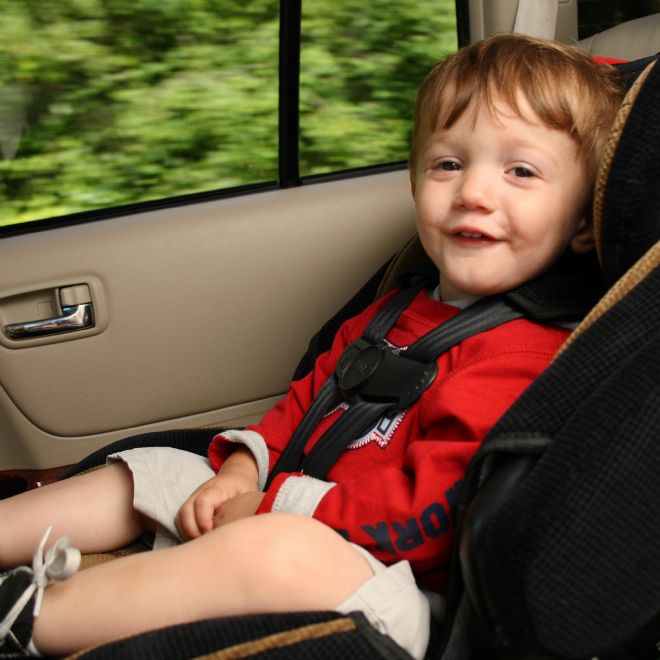
With regard to the above paragraph on compliance with "the requirements of the rules and regulations in force in Ukraine", we will only say that for you and for the police, the conformity of the product to the European standard ECE R44 or ECE R129 can be an argument(i-size). Boosters or chairs certified to these standards are labeled accordingly. By the way, according to the newer ECE R129 standard, a CRS for children above 1 meter is understood not as a booster of the usual type, but as a chair with a back - although without side protection .
According to the Ukrainian traffic regulations, the booster can only be installed on one of the rear seats
Recommendation Auto 24
The booster is not a chair, it is inexpensive by itself, so you don’t need to save on it. Try to buy a branded product with all certifications, because the well-being of your family depends on it. And one more thing: when buying a CRS, take into account the opinion of the passenger who will sit in it.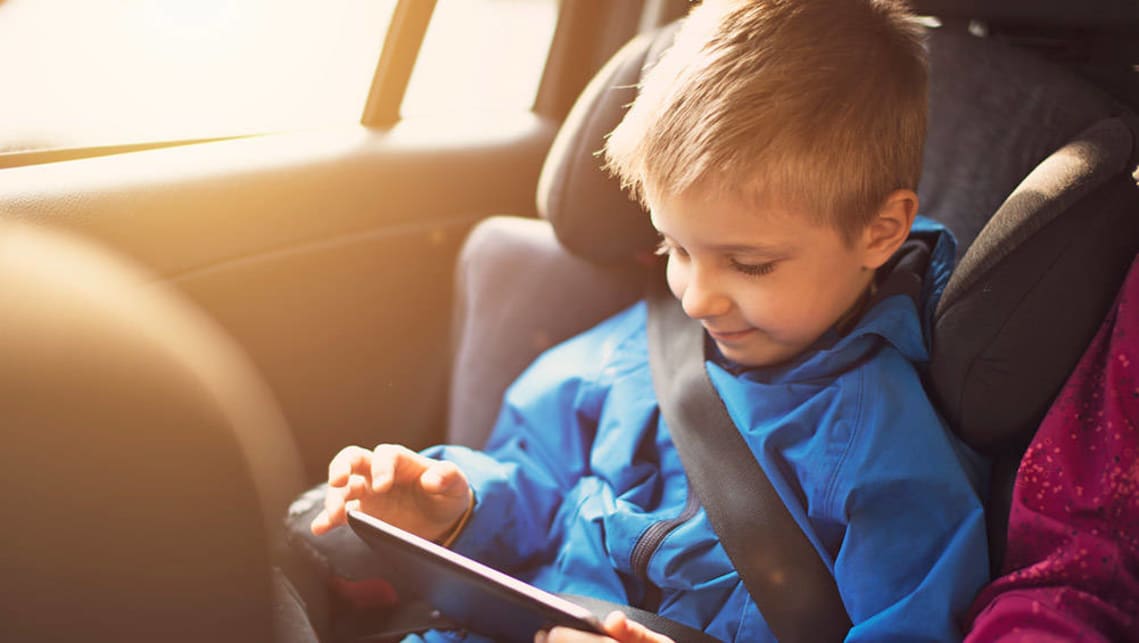
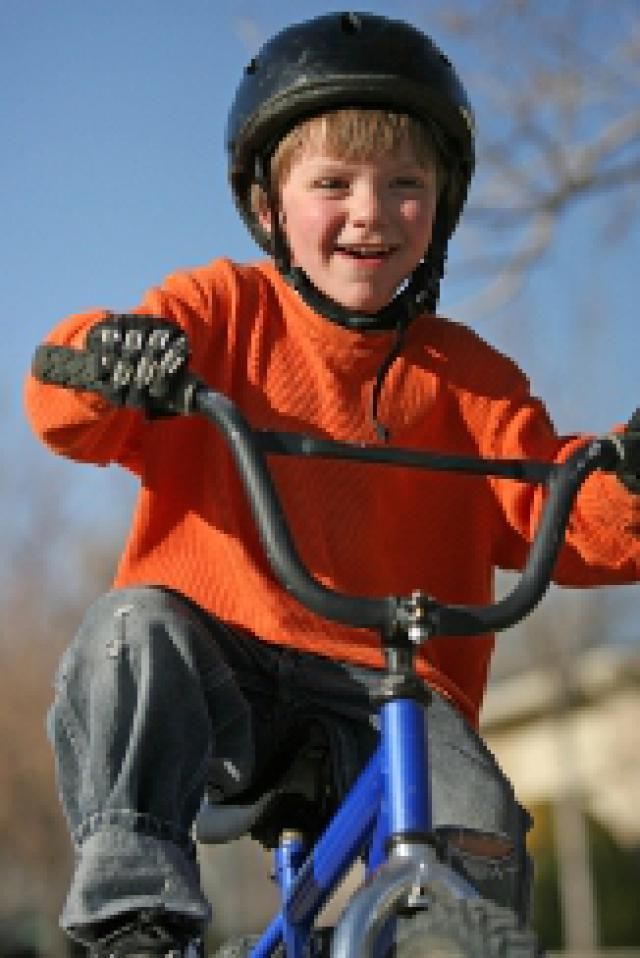 Most convertible seats have limits that will allow children to ride rear facing for 2 years or more.
Most convertible seats have limits that will allow children to ride rear facing for 2 years or more.



